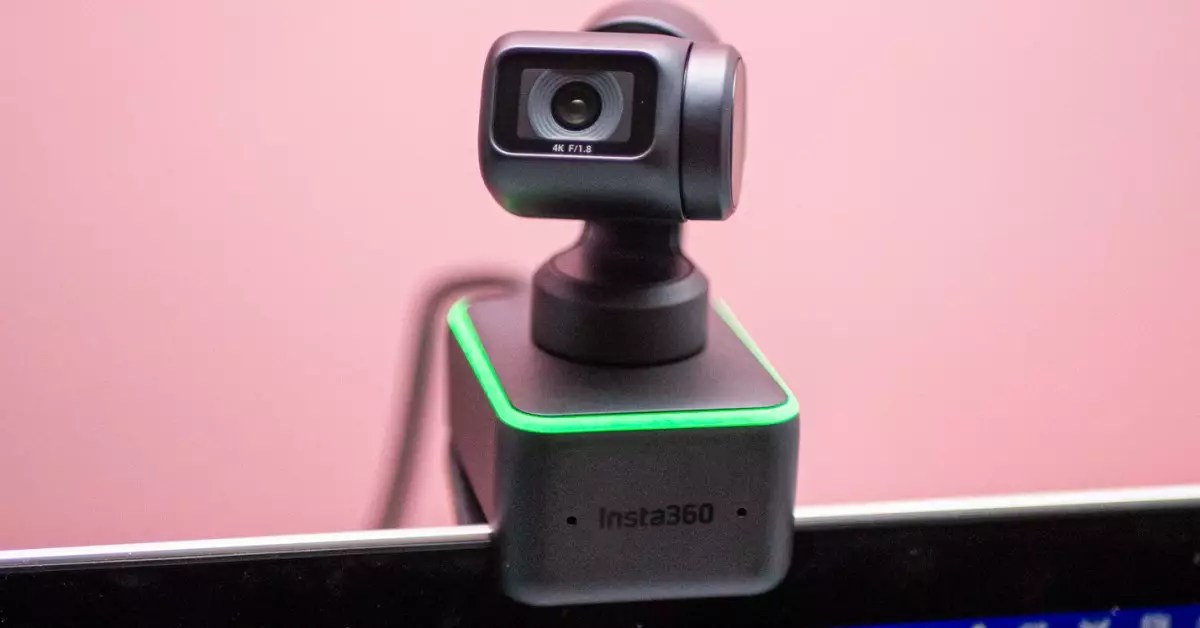The introduction of the Nintendo Switch 2 has stirred excitement among gamers, especially with the new features that promise to enhance the gaming experience. Yet, alongside this enthusiasm lies a frustrating reality: the current incompatibility issues with many popular webcams. Manufacturers are, as of now, tight-lipped, leaving gamers to decipher which devices will seamlessly integrate with the console. This ambiguity could sour the excitement for players who anticipated an easy setup for video chatting and streaming.
Unlike the smooth integration users expect from tech products, the Switch 2 presents a mixed bag when it comes to webcam compatibility. Certain models that have populated the “best webcam” lists across various platforms—such as the Logitech Brio 4K and Insta360 Link—fail to work with the new console. This dissonance between expectation and reality raises questions about the thoroughness of Nintendo’s compatibility testing protocols.
The Sudden Realization: Not All USB-C is Created Equal
The primary data point surfacing from community tests reveals an astonishing conclusion: not all USB-C cameras provide equal functionality on the Switch 2. Users have found that older models like the Logitech C920 not only function perfectly but also underscore a startling truth about newer technology. It seems that in the race for innovation, Nintendo’s definition of “compatible with USB-C” may be narrower than consumers currently believe. In simplest terms: if it doesn’t say “Switch 2” on the label, it might just gather dust instead of delivering quality video chats.
Compounding this issue is the lack of information from major webcam manufacturers like Logitech, Razer, and Microsoft. They have yet to release any coherent list of compatible devices, leaving gamers to rely entirely on trial and error as they explore the compatibility of their existing cameras. In a landscape where consumer transparency is increasingly becoming paramount, this lack of guidance could be seen as a significant oversight.
The User-Driven Solution: Community-Generated Lists
The burgeoning need for information has ignited a grassroots effort among users and gaming enthusiasts aimed at compiling working camera lists. This blend of frustration and initiative exemplifies how communities thrive in the face of adversity. A diverse array of devices has surfaced as potentially compatible, from lesser-known models to established favorites. Platforms like Reddit have been teeming with users sharing their discoveries, forming an informal database that future players can rely upon as they navigate their new Nintendo experience.
The spontaneity of these community-generated lists also highlights an interesting cultural phenomenon in gaming: the power of collaboration and shared knowledge. As gamers pool their experiences, they not only support one another but also generate a deeper bond that transcends the individual, fostering a sense of unity in confronting an obstacle as mundane as webcam compatibility.
Nintendo’s Response: A Sigh of Hope
To Nintendo’s credit, they recognize the hurdles their users face. The company’s straightforward system for testing camera functionality is a redeeming feature for frustrated users. The process is refreshingly uncomplicated: plug in the camera, navigate to System Settings, and monitor the screen for functionality. This element of user-friendliness shines through as a bright spot amid the confusion, suggesting that Nintendo is conscious of its user base’s needs.
Moreover, companies like Elgato have tentatively committed to exploring firmware updates for their cameras to improve compatibility with the Switch 2. This acknowledgment is an important step forward, illustrating that even brands recognize the significance of adaptability in an ever-evolving technological landscape. Gamers hope that this proactive approach will lead to a broader spectrum of devices refined to enhance the Nintendo experience.
The Future of Webcam Technology for Gamers
As technology continues to advance, the future looks promising for web cameras tailored for specific systems like the Nintendo Switch 2. As the industry acknowledges these compatibility issues, there is potential for significant innovation. Future webcams may do more than just provide basic functionality; they could introduce features designed specifically for gamers, improving aspects like streaming quality, motion capture, and more.
As some brands begin re-evaluating their product compatibility and seeking input from users, the market may evolve into one that better meets the nuanced needs of gamers. A community-driven future could pave the way for game-specific webcams that transform how players engage with each other during gameplay, turning a challenging start into a robust evolution of connectivity.


Leave a Reply